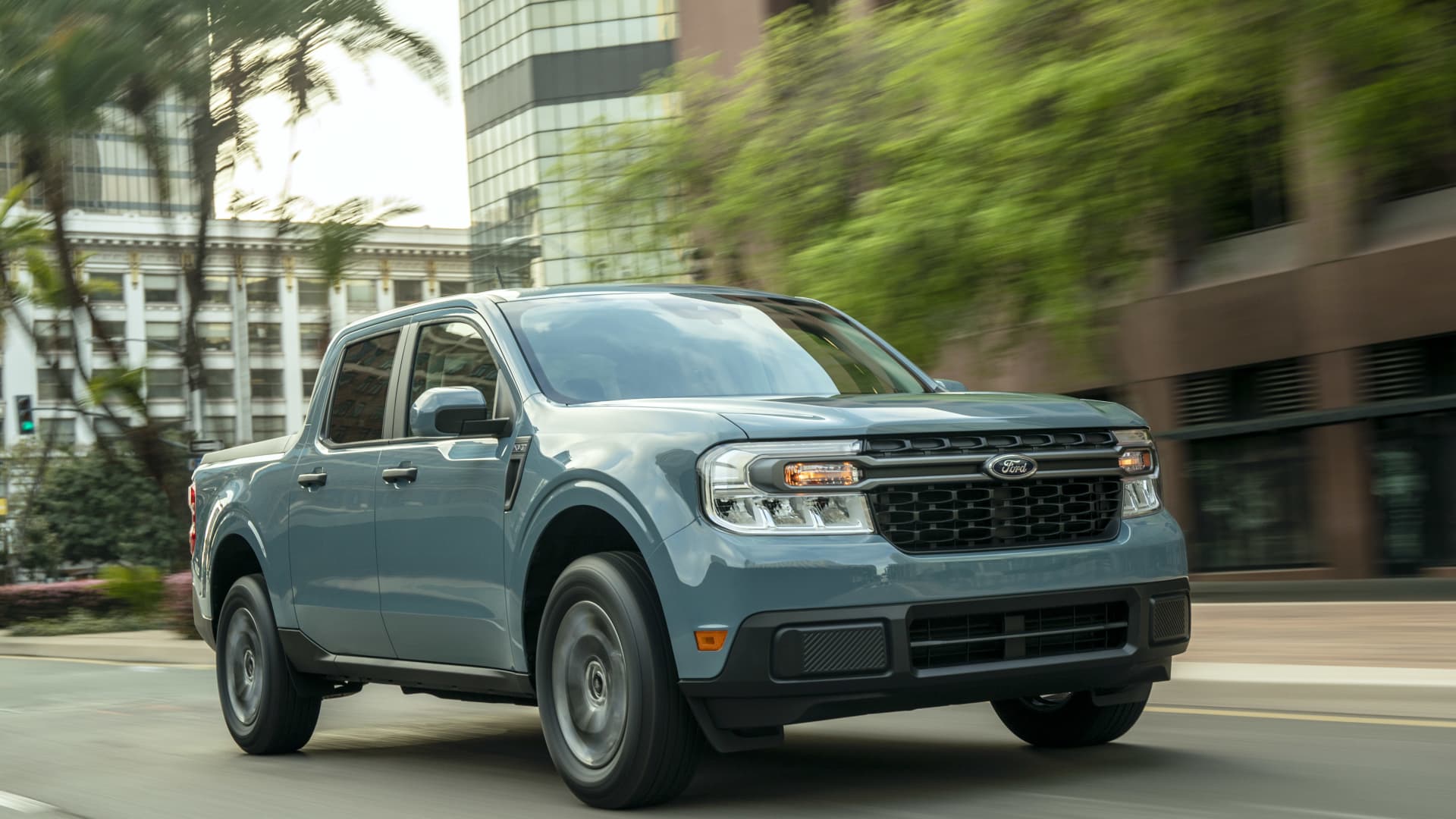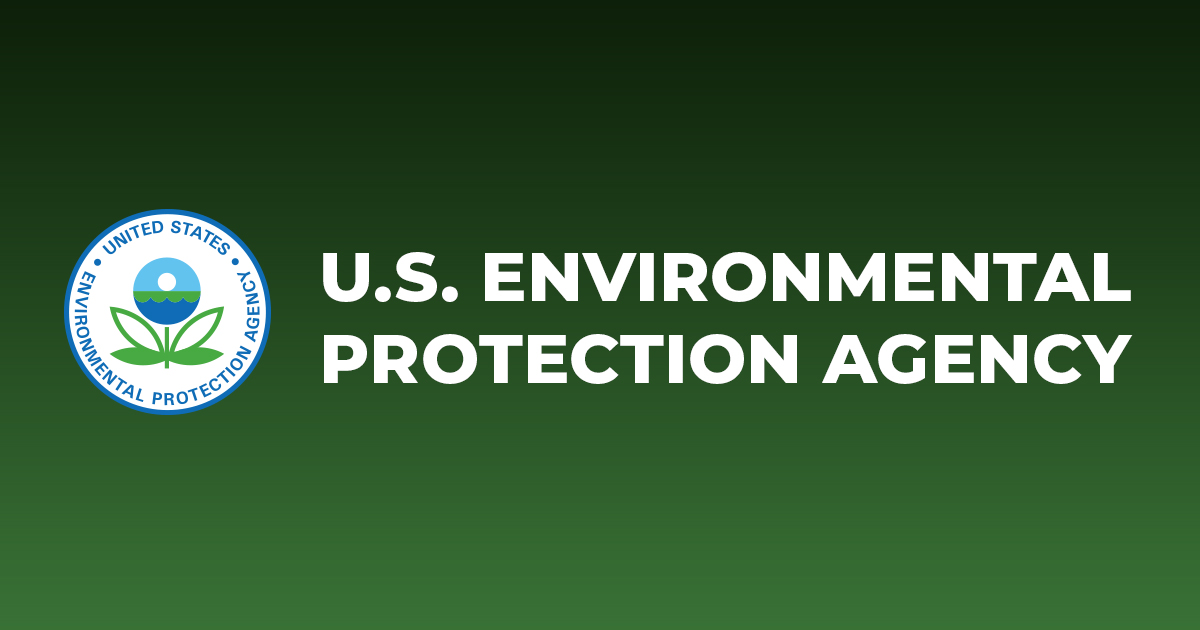FTFYTherapidinevitabledeathabandonment of gasoline vehicles due to gasoline not being available or being extremely expensive is justwishfulthinking.
what fuel costs are going up? extracted fuels: finding, multiple transports, refining, spills, fires, etc. most fossil fuels will be stranded assets
way too useful to just burn & use once
what fuel costs are going down? manufactured : Renewables plus batteries
the switchover will accelerate, be vicious for some, foreseen by others, some dimly
-----
A Tesla Y MYLR 100+ MPGe why drive a 50MPG when you can get double, triple etc?
PV $1,600w+ 1956, $101w 1974 ~$1w. 2014. ~20cents watt now (free fuel)
batteries similar curve
Wind turbines similar curves
take a glance at some of the sheets in these

Home
The Energy Institute is, as of 2023, the home of the Statistical Review of World Energy, published previously for more than 70 years by bp. The Statistical Review analyses data on world energy markets from the prior year. It has been providing timely, comprehensive and objective data to the...
take a glance at these Sankey diagrams of US energy use now and 10-20 years back, see what's decreasing, increasing, efficiencies, waste,






